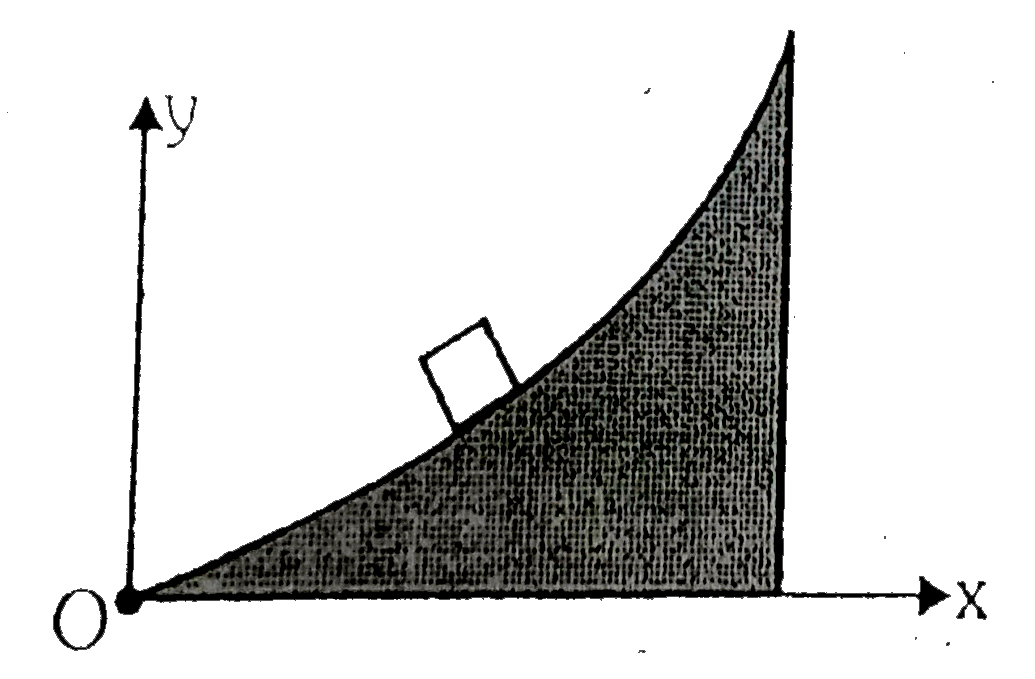A signal emitted by an antenna from a certain point can be received at another point of the surface in the form of
sky wave
ground wave
sea wave
Both A And B
The correct Answer is:D
To solve the question regarding the form in which a signal emitted by an antenna can be received at another point on the surface, we can break it down into the following steps:
1. Understanding Antenna Functionality:
- An antenna is a device that converts electrical signals into electromagnetic waves and vice versa. It allows for the transmission and reception of signals over distances.
2. Types of Wave Propagation:
- There are different methods through which signals can propagate from one point to another. The two primary methods we will discuss are:
- Sky Wave Propagation: This involves the reflection of radio waves off the ionosphere, allowing signals to travel beyond the horizon. The ionosphere is a layer of the Earth's atmosphere that is ionized by solar and cosmic radiation.
- Ground Wave Propagation: In this method, signals travel along the surface of the Earth. Ground waves can follow the curvature of the Earth and are typically used for shorter distances.
3. Identifying the Correct Answer:
- The question asks for the forms in which a signal emitted by an antenna can be received. Given the explanations of both sky wave and ground wave propagation, we conclude that:
- Signals can indeed be received as both sky waves and ground waves.
4. Final Conclusion:
- Therefore, the correct answer to the question is that a signal emitted by an antenna can be received at another point on the surface in the form of both sky waves and ground waves.
Answer:
The signal emitted by an antenna can be received at another point on the surface in the form of both A (sky wave) and B (ground wave).
---
- An antenna is a device that converts electrical signals into electromagnetic waves and vice versa. It allows for the transmission and reception of signals over distances.
- There are different methods through which signals can propagate from one point to another. The two primary methods we will discuss are:
- Sky Wave Propagation: This involves the reflection of radio waves off the ionosphere, allowing signals to travel beyond the horizon. The ionosphere is a layer of the Earth's atmosphere that is ionized by solar and cosmic radiation.
- Ground Wave Propagation: In this method, signals travel along the surface of the Earth. Ground waves can follow the curvature of the Earth and are typically used for shorter distances.
- The question asks for the forms in which a signal emitted by an antenna can be received. Given the explanations of both sky wave and ground wave propagation, we conclude that:
- Signals can indeed be received as both sky waves and ground waves.
- Therefore, the correct answer to the question is that a signal emitted by an antenna can be received at another point on the surface in the form of both sky waves and ground waves.
The signal emitted by an antenna can be received at another point on the surface in the form of both A (sky wave) and B (ground wave).
Similar Questions
Knowledge Check
I=P4πr2
At a large distance r from a radio antenna, the intensity of the radio signal I is related to the power of the signal P by the formula above.
For the same signal emitted by a radio antenna, Observer A measures its intensity to be 16 times the intensity measured by Observer B. The distance of Observer A from the radio antenna is what fraction of the distance of Observer B from the radio antenna?A14B116C164D1256I=P4πr2
At a large distance r from a radio antenna, the intensity of the radio signal I is related to the power of the signal P by the formula above.
Which of the following expresses the square of the distance from the radio antenna in terms of the intensity of the radio signal and the power of the signal?Ar2=IP4πBr2=P4πICr2=4πIPDr2=I4πP
A wedge as shown in figure has a rough curved surface of coefficient of kinetic friction 1√3 whose shape can be given by equation y=x2, where the horizontal direction is x-axis, vertical direction as y axis and the end of surface O as origin and x & y are measured in meter. A small block is released, from a certain point on the surface. The maximum height of the point from where block should be released so that it does not slip.

View SolutionA particle is thrown vertically upwards from the surface of the earth. Let TP be the time taken by the particle to travel from a point P above the earth to its highest point and back to the point P. Similarly, let TQ be the time taken by the particle to travel from another point Q above the earth to its highest point and back to the same in terms of TP,TQ and H, is :-
View SolutionWhat is the radiowaves signal called if it propagates from one place to another along the surface of the earth?
View SolutionIf a unit positive charge is taken from one point to another over an equipotential surface ,then
View SolutionA spherical Gaussian surface surrounds a point charge q. If the charge is moved to another location inside the surface? Then total flux_____________
View SolutionA person standing at distance r from a point source listen the sound emitted by the source. When person move to another point having distance r10 from the point source, then increase in sound intensity level is n×101 decibles value of n is ?
View Solution
